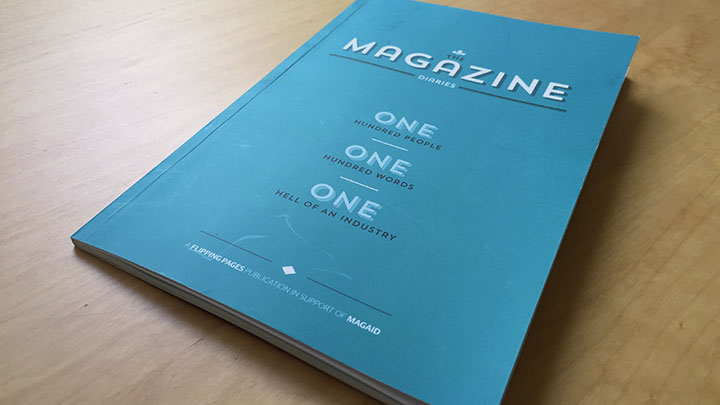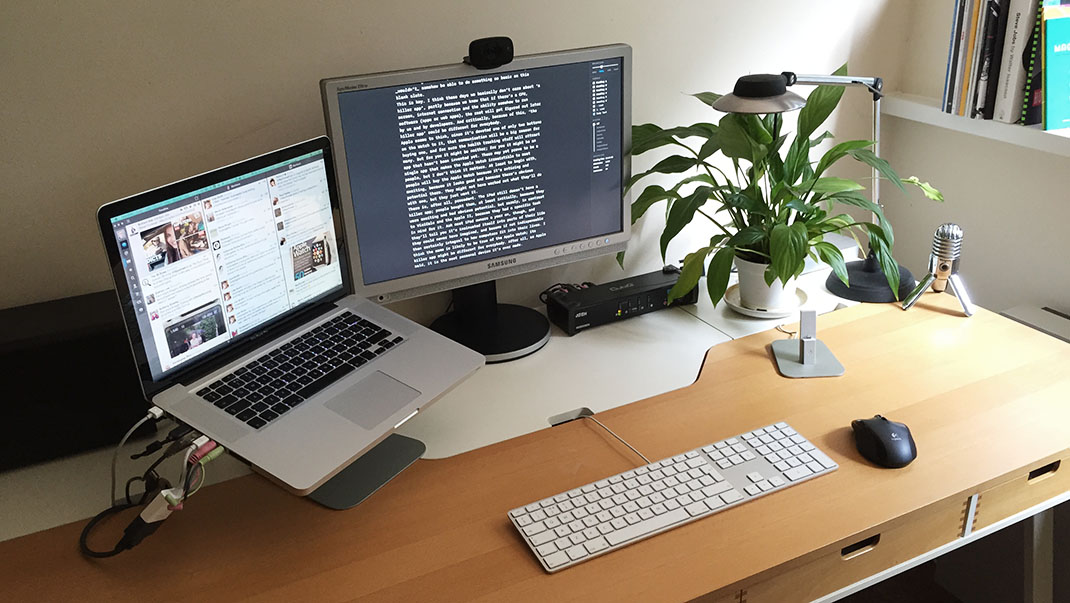It takes a certain hubris to give relationship advice, and that’s no less true for me; for sure, my wife and I have to work, sometimes very hard, at our relationship, and despite us both being articulate, empathetic human beings, we can fall into having the same old arguments.
But we’ve been together now for nearly fifteen years (married for nine), and we have come to notice that at our best we have a process, a trick, even, that makes our relationship strong. So fuck it; for what it’s worth, here’s the one bit of advice we’d feel confident enough to offer up.
(It’s not, despite this article’s title, an open relationship, infidelity or threesomes. Sorry.) We talk about ‘The Team’.
We’re not flatmates. We’re not two independent human beings who happen to occupy the same physical space for 10 hours a day. We are The Team. (Of course, another way of saying that is ‘a family’.)
Sometimes, sure, I’ll do things based on what’s best for me. And sometimes my wife will do things based on what’s best for her. But usually those are only for small things — for anything big, anything even moderately important, we do things based on what’s best for The Team.
This isn’t about compromise, about doing ‘what she wants’ or ‘what he wants’. It’s not about subjugating your own wants and ambitions and so building resentment over years. It’s not about only doing dull, grown-up things and never having any fun. It’s just about switching your priorities.
Your marriage, your relationship, is important. For me at least, my family — just my wife and I at the moment — is the most important thing in the world. It deserves respect. It deserves attention. It deserves to be seen as a third person in your marriage. There’s you; there’s your spouse, who you think is every kind of wonderful; and then there’s The Team.
The Team, this third person in your marriage, is its own thing. You need to take care of yourself, your partner and it. It has its own wants and needs. The decisions you jointly make on its behalf might not be things either of you realised you wanted, and yes, sometimes you’ll both decide to do things for The Team that are not easy, or not things you’d choose to do if you were on your own or even dating. But it works.
This isn’t generic ‘make time for your marriage’ advice, nor a platitude about putting others before you. For us, it has become an important and practical tool in keeping us grounded and keeping us pulling in the same direction. Keeping us happy and happily in love.
Do things for The Team. Try it. Put The Team first. Every time you do something selfish, check yourself; I wasn’t working for The Team there. You’re not flatmates. You’re a family. You’re The Team.
(Actually, we have one more piece of advice: buy loads of paper plates. Especially for food prep, they bring a measure of calm and ease rare outside prescribed pharmaceuticals. Recycle them, sure, and buy paper plates from a sustainable source, but buy them.)
This post originally appeared on Medium.

